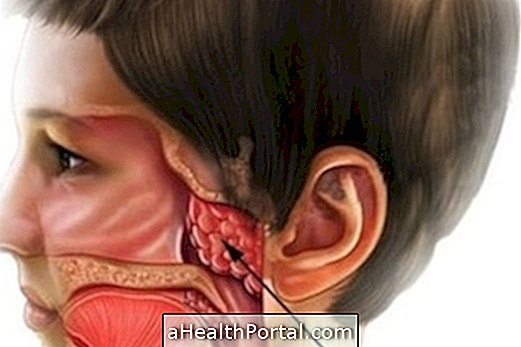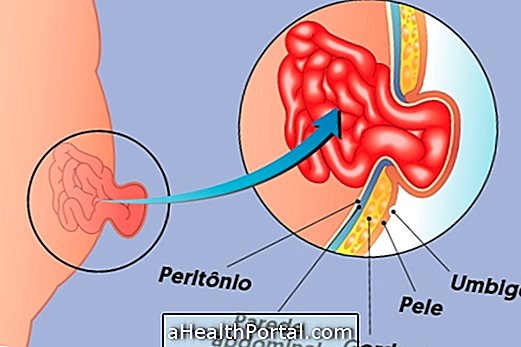Venous angioma, also called an anomaly of venous development, is a benign tumor in the brain, most often present at birth, characterized by malformation and abnormal accumulation of some veins in the brain that are usually more elevated than normal.
In most cases, venous angioma does not cause symptoms and is therefore detected by chance when the subject does a CT scan or magnetic resonance imaging to the brain for another reason, and no treatment is required.
However, venous angioma can be severe when it causes symptoms such as seizures, neurological problems or bleeding, having to be removed surgically. Surgery to cure venous angioma is only done in these cases because there is a greater risk of sequelae, depending on the location of the angioma.


Symptoms of venous angioma
Normally, venous angioma does not cause symptoms, but when it is caused, the main symptom is headache. Other symptoms of venous angioma may be seizures, dizziness, tinnitus, numbness on one side of the body, vision or hearing problems, tremors or decreased sensitivity, for example.
It is discovered through examinations such as computerized tomography or MRI to the brain, requested by the neurologist, for an evaluation due to a migraine, for example.
Treatment for venous angioma
The treatment for venous angioma is done by surgery for its removal, but only when the angioma causes seizures that do not pass with anti-convulsant drugs indicated by the neurologist, when the angioma causes hemorrhage or is associated with another brain injury.
If surgery is required, the sequelae of venous angioma, which vary according to its location, may be:
- Difficulty or inability to perform more specific movements, such as pushing a button or holding the pen, lack of motor coordination, difficulty or inability to express by speaking or writing: when venous angioma is located in the frontal lobe ;
- Problems or loss of sensitivity, difficulty or inability to recognize and identify objects: when venous angioma is located in the parietal lobe ;
- Hearing problems or hearing loss, difficulty or inability to recognize and identify common sounds, difficulty or inability to understand what others are talking about: when venous angioma is located in the temporal lobe ;
- Visual problems or loss of vision, difficulty or inability to recognize and visually identify objects, difficulty or inability to read by not recognizing letters: when venous angioma is located in the occipital lobe ;
-
Problems in balance, lack of coordination of voluntary movements: when venous angioma is located in the cerebellum .
Learn more about another type of cerebral angioma in: Cavernous angioma.






















